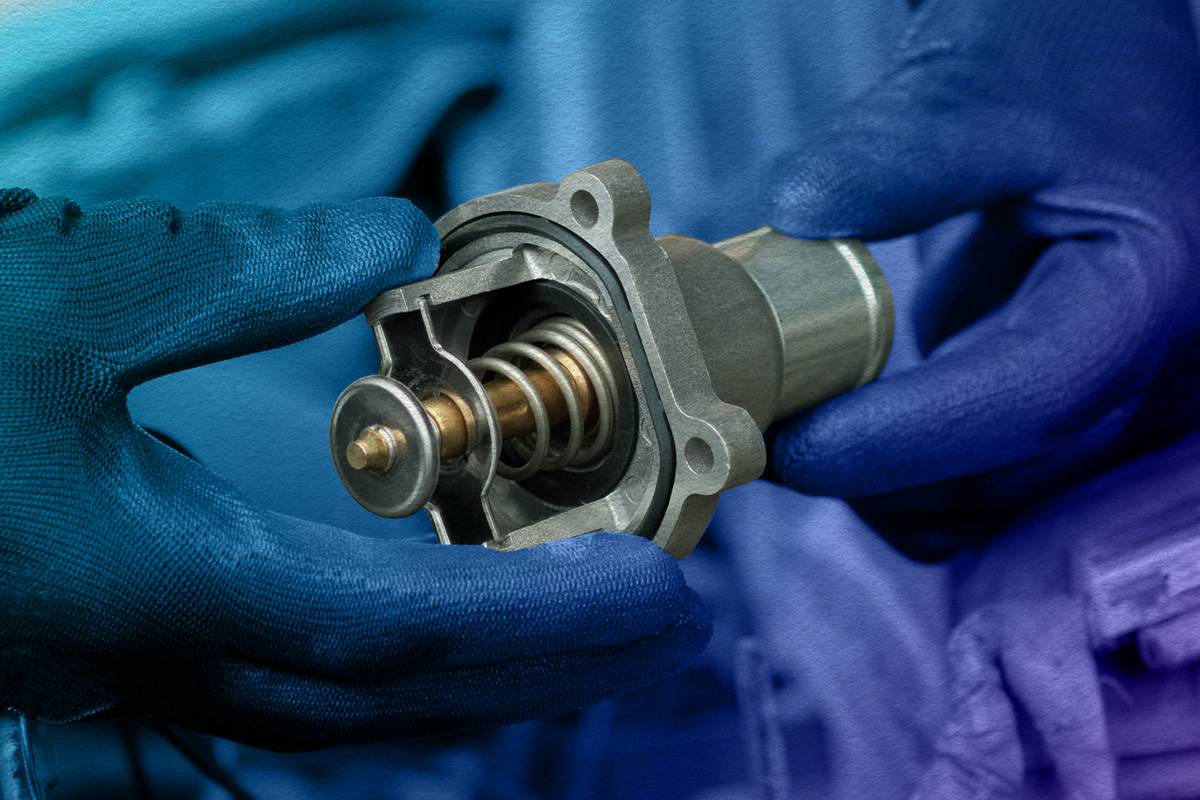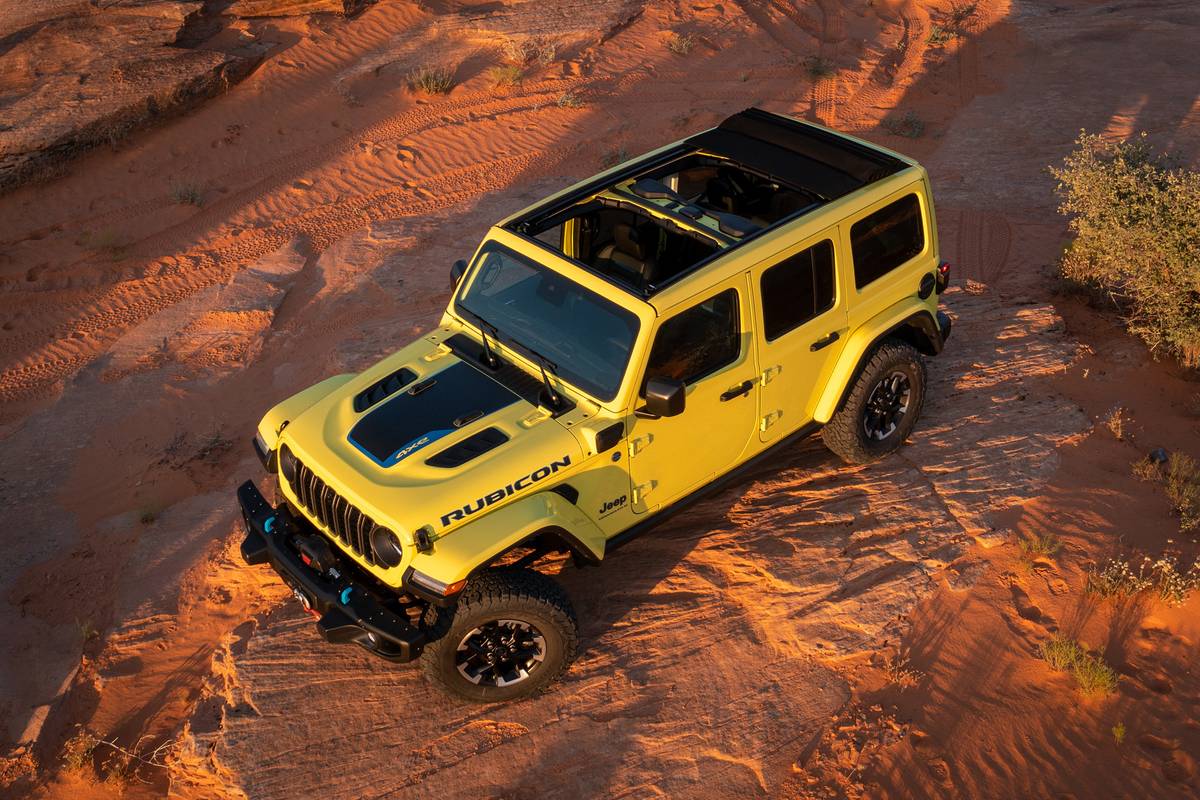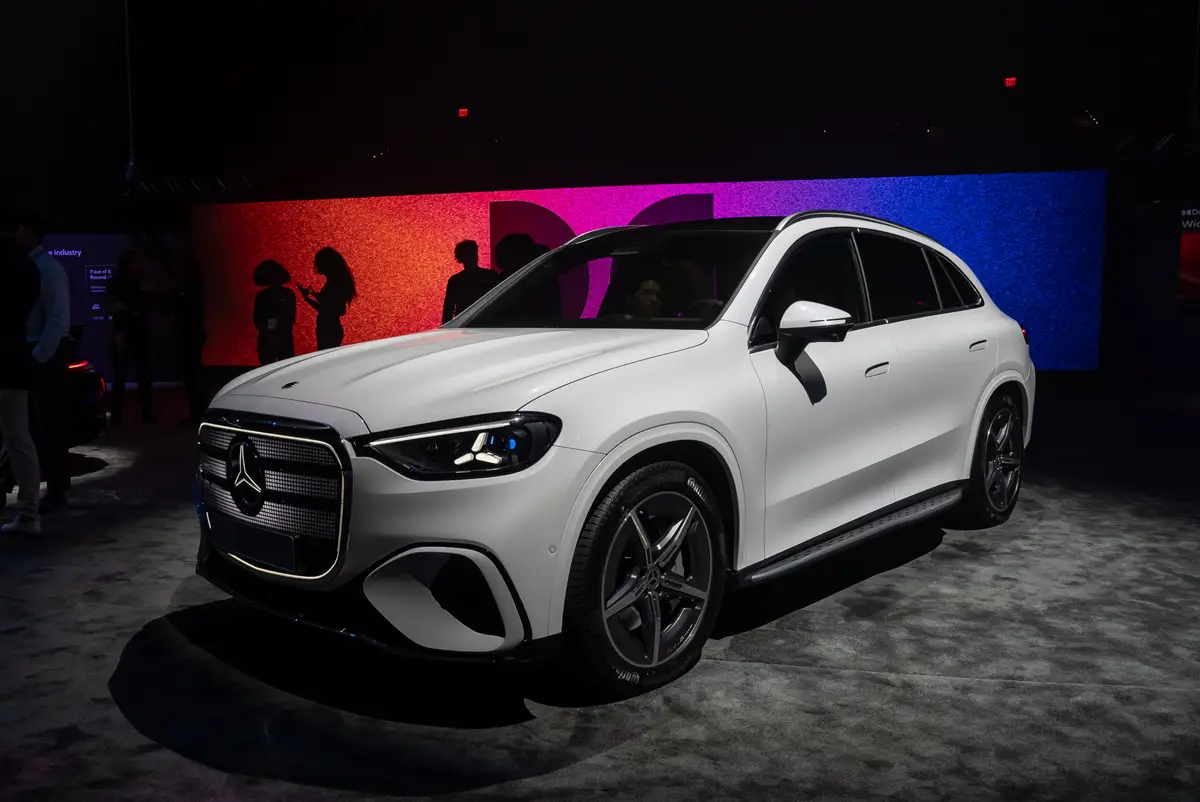KansasCity.com's view
Mazda’s CX-7 midsize crossover SUV looks like a tall sedan and handles like a sports car. It populates a market segment that is quickly becoming the next Big Thing, and for good reason.
Crossover SUVs drive like cars, yet they have flexible cargo compartments that are slightly bigger than most station wagons. Midsize crossovers often use four-cylinder engines as a compromise between power and gas mileage. In the case of the Mazda CX-7, the four-cylinder engines are turbocharged for added power. Fuel economy is rated at 18 miles per gallon in the city and 24 on the highway.
The CX-7 competes against vehicles such as Toyota’s RAV4, the Dodge Caliber, the next-generation Honda CR-V and the RDX. Other manufacturers have offerings targeted at this segment as well.
There are three models: Sport, Touring and Grand Touring. Base prices start at $24,130 for a front-wheel drive Sport and top out at $28,560 for an all-wheel drive. I drove a loaded Grand Touring for this review, and it had a sticker price of $32,005.
The turbocharged and intercooled 2.3-liter four-cylinder direct-injection engine that produces 244 horsepower is similar to that which Mazda uses in its Mazdaspeed 6 sports sedan. The turbo has been configured to boost power at low rpm, which gives it the throttle response of a larger, normally aspirated engine. Stepping into the throttle results in a slight turbo lag, but nothing like the days of old.
A six-speed automatic with full automatic control is an ideal partner for the turbo four-cylinder.
The CX-7 is available in front-wheel or all-wheel drive. Up to 50 percent torque can be sent to the rear wheels in the all-wheel drive version. Fuel economy is 19 miles per gallon in the city and 24 on the highway for front-wheel drive and 18 mpg city and 24 highway for all-wheel drive.
The CX-7 is very able, slick and cleverly executed. The styling, of course, is the first thing that grabs your eye. The sloping windshield, bulging-muscle fenders and tapered beltline make the car resemble an RX-8 on steroids, and while I appreciate the familial context, the fender bulges are a bit too much like Popeye for my taste.
The CX-7’s interior, on the other hand, is a handsome blend of textures, shapes and materials. The instrument panel has three gauges grouped in a pod, and the test car was equipped with an LCD screen in the center of the dash for the backup camera, navigation system and audio controls.
Parts of the dash were covered in a very interesting material whose soft, non-glare finish was easily on par with that found in many luxury vehicles. The high-gloss, piano-black pieces looked like plastic instead of lacquered wood.
Settling into the CX-7’s front bucket seats was quite pleasant. Their shape and contouring gave support in all the right places. A strip of cloth down the center of the leather upholstery on the Grand Touring seats was a nifty visual accent.
The center console is handsomely laid out. The large center console is deep enough to hold a laptop computer.
Rear-seat legroom was fine as long as the front seats were not moved all the way back.
The split-folding rear seat collapses to create a load floor that is nearly 6 feet long. The CX-7’s roofline tapers toward the rear, and that impinges on the height of the cargo space. While that isn’t an issue for many folks, hauling anything tall, such as a bicycle, doesn’t work very well. Rear seat releases are located in the cargo area for easy fold-down from the rear. One side of the reversible trunk floor is made of plastic so dirty items won’t stain the carpet.
Sports-car handling, especially in a fairly tall vehicle, is difficult to achieve. Mazda has done a good job of making the CX-7 feel responsive and tight. It doesn’t have the reflexes of a Miata, of course, but it is nicely balanced and agile. The fully independent suspension has MacPherson struts in front and a multilink rear axle whose compact design allows the cargo floor to be as low as possible.
Brakes are four-wheel disc with anti-lock. Traction control and stability control are standard as well.
The cabin has front, side and side-curtain airbags. A rollover sensor keeps the side-curtain airbags inflated longer if the vehicle turns over.
Price
The base price of the test vehicle was $28,560. The optional technology package included a power sunroof, nine-speaker Bose surround-sound stereo, navigation system, rearview camera and in-dash six-disc CD changer. The sticker price was $32,005.
Warranty
Three years or 36,000 miles, with a five-year, 60,000-mile powertrain warranty.
Latest news



